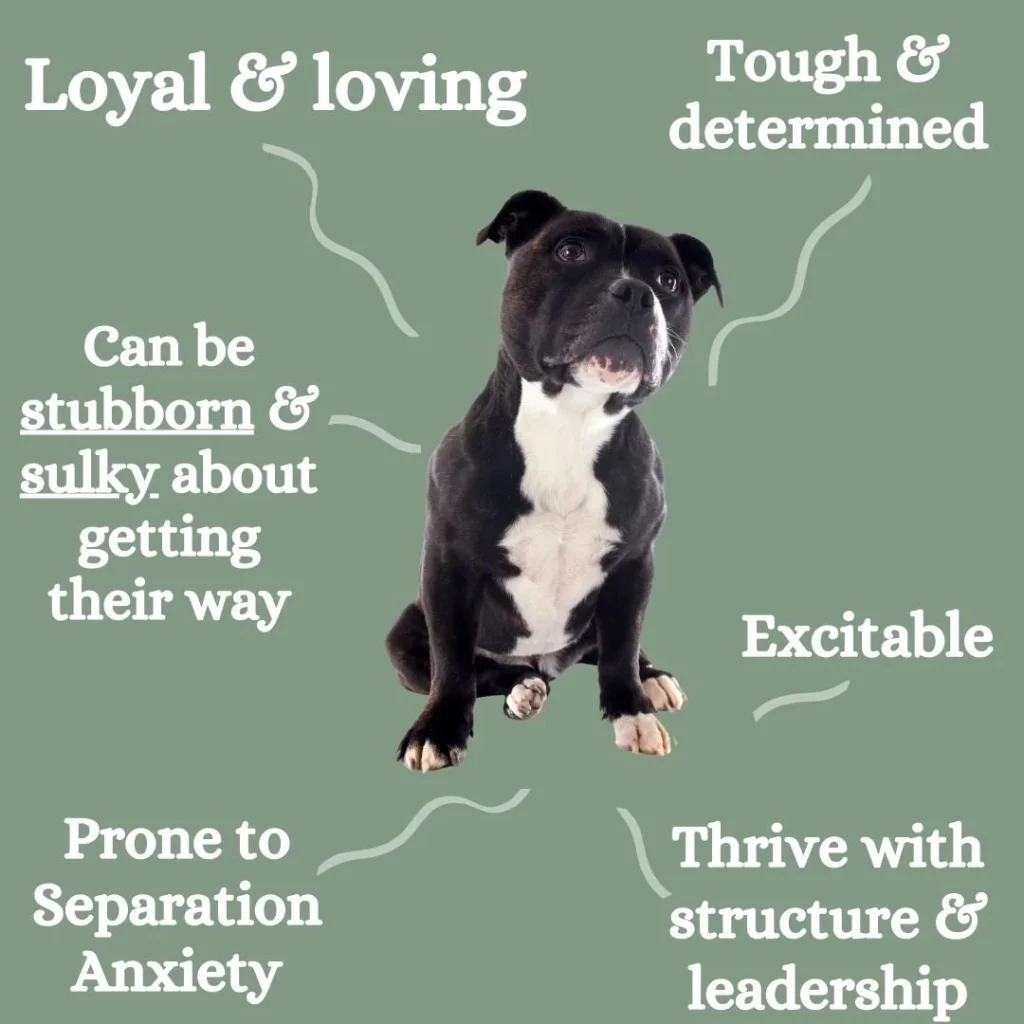Effective Positive Training Methods for Adult Dogs A Guide

Understanding Positive Training for Adult Dogs
In the realm of pet care, the relationship between humans and their canine companions is deeply enriching. However, many dog owners often find themselves challenged by the behaviors of adult dogs, which can be more complex than those of younger puppies. This makes it essential to explore effective positive training methods that can enhance communication and foster a strong bond between pets and their owners.
The Importance of Positive Reinforcement
Positive training techniques focus on rewarding desired behaviors instead of punishing undesired ones. This approach has numerous advantages, including:
- Building Trust: Encourages a trusting relationship between the dog and owner.
- Promoting Learning: Enhances the dog’s ability to learn and retain commands.
- Reducing Fear: Minimizes anxiety and fear-based behaviors in adult dogs.
As we delve deeper into the topic, you will discover the Top 5 effective positive training methods that can transform your adult dog’s behavior and strengthen your companionship. Prepare to uncover valuable insights that will enable you to train your pet with confidence and compassion.
DISCOVER MORE: Click here for essential tips
Top 5 Effective Positive Training Methods for Adult Dogs
Training an adult dog can be a fulfilling and engaging experience, one that not only strengthens the bond between owner and pet but also nurtures a dog’s mental health. Employing positive reinforcement techniques not only generates lasting bonds but also promotes good behavior in your canine companion. Although numerous methods are available, selecting the most efficient ones can be daunting. Here’s an insightful guide on the top five effective positive training methods to elevate your relationship with your four-legged friend.

5. Clicker Training
No training tool quite embodies the principles of operant conditioning like the simple, yet efficient, clicker. Clicker training is based on marking a behavior with a distinctive sound followed by a reward, usually in the form of a treat. For many owners, the beauty of the clicker lies in its precision. The sharp, consistent sound allows dogs to understand which behavior they should replicate.
One of the primary benefits of clicker training is its precision. Dogs can be confused by verbal praise alone, but a quick, consistent click is a universal signal that a desired behavior was executed correctly. Secondly, it offers clear communication between the dog and owner, eliminating any ambiguity that can sometimes hinder training sessions. Furthermore, this method is remarkably versatile; it’s effective for teaching everything from basic commands to intricate tricks.
Despite its numerous advantages, clicker training demands patience and synchronization between the human and the canine. Mistimed clicks might lead to inconsistent results. Nevertheless, for those willing to invest the time, it offers lasting results.
4. Positive Reinforcement through Treats
Treat-based reinforcement is perhaps one of the most traditional yet effective methods in dog training. For adult dogs, treats serve as a potent motivator. When a dog realizes that a particular action or behavior results in a reward, they’re naturally inclined to repeat it. Hence, the sustained application of this strategy ensures progressive behavioral improvement.
To maximize success with this method, understanding the key components is crucial. The first is consistency; rewarding desired behaviors consistently ensures clear communication with your dog. Secondly, precise timing is vital. Delivering a treat immediately after the action reinforces the understanding that a specific behavior earns a reward. Finally, maintaining a variety of treats keeps the training interesting, preventing your dog from becoming too accustomed to any single reward.
This method seamlessly integrates into daily life, making it user-friendly and enjoyable for both dogs and owners. Being an accessible and rewarding technique, it comfortably blends into everyday routines.
3. Relationship Building Through Play
Perhaps few training methods can claim the joy and mutual enjoyment that play brings. Engaging your dog through activities such as fetch or tug-of-war is not only entertaining but also an exceptional training tool. These games provide mental and physical stimulation while secretly embedding obedience and commands into the fun.
The primary benefit of play in training is in its innate ability to engage the dog. In a playful environment, dogs feel less pressured and more willing to comply with commands. Besides engagement, shared playtimes significantly contribute to bonding, reinforcing the trust and rapport between the owner and their pet. Moreover, when dogs associate training with fun rather than obligation, their natural motivation is significantly enhanced.
To employ this method effectively, it’s crucial to understand the individual preferences of your dog. Tailor the activity to match their interests, be it a game of chase, hide and seek, or even agility exercises.
2. Socialization and Group Classes
Socialization stands at the core of positive dog training, especially for adult dogs who might have past traumas or are unfamiliar with certain environments. Group classes offer structured experiences for dogs to learn in settings with various stimuli, teaching them to remain composed and responsive amidst distractions.
One of the most prominent advantages of these classes is exposure. Dogs encounter different environments and dynamics, helping them become well-rounded companions. Furthermore, the element of dynamic learning can’t be understated; observing and interacting with other dogs facilitates natural learning and adaptive behaviors. Additionally, these settings often foster a community support among dog owners, allowing for the exchange of tips, stories, and camaraderie.
This method comprehensively addresses both behavioral and social needs, enhancing lifelong skills that extend beyond basic commands. For adult dogs, this can frequently translate into greater confidence and adaptability.
1. Consistent Commands and Structured Routine
Topping the list is arguably the cornerstone of effective dog training: a regimen of consistent commands coupled with structured routines. The importance of consistency in imparting commands is paramount. Commands, when used consistently, act as clear signals of expected behaviors. When paired with well-established routines, dogs gain a sense of predictability which aids in reducing anxiety and aligning them with training objectives.
In establishing a successful routine, several factors play a pivotal role. Structured schedules indicate feeding, exercise, and engagement times which collectively contribute to a balanced canine life. The predictability that comes with routine ensures that dogs have fewer behavioral issues stemming from uncertainty. Furthermore, consistently applied commands coupled with a structured environment engender a sense of security and understanding for the dog, aiding in reinforcing desired behaviors.
Ultimately, while each dog is unique, combining these structured approaches can drastically enhance the training experience for owner and pet alike. Structured routines with clear commands resonate strongly with dogs, providing them stability and clarity.
In conclusion, these top five positive training methods offer unique benefits and cater to varied canine personalities. Employing the right mix tailored to your pet’s disposition not only promises an obedient pet but fortifies the treasured companionship shared between you and your canine friend. Whether through the sharp click of a clicker, the excitement of a treat, the joy of play, the support of a community, or the consistency of commands, the journey into positive dog training is always as rewarding as it is engaging.
| Training Technique | Advantages |
|---|---|
| Clicker Training | This method uses a distinct sound to mark the desired behavior, helping dogs to more effectively understand what is expected of them. It increases engagement and enhances positive reinforcement learning. |
| Positive Reinforcement | Using rewards such as treats, praise, or playtime encourages repeat behaviors. This method builds a strong bond between the dog and owner, fostering a sense of trust and security. |
| Behavior Shaping | Gradually reinforcing small steps toward a desired behavior makes learning more manageable for dogs. This technique is particularly valuable for complex commands and helps improve understanding. |
| Counter Conditioning | This method aims to change a dog’s emotional response to a stimulus by associating it with positive experiences, reducing fear-related behaviors. It can significantly improve confidence and social interactions. |
The advantages provided by these positive training methods for adult dogs showcase their value not only in achieving obedience but in enhancing the overall relationship between dog and owner. Each technique highlights the effectiveness of rewards and understanding in training processes, emphasizing a compassionate approach to dog behavior management. With ongoing research and development in canine behavior studies, these methodologies continue to evolve, promising even greater possibilities for the enrichment of canine lives.
DISCOVER MORE: Click here for essential travel gear
Frequently Asked Questions about Positive Training Methods for Adult Dogs
What exactly is positive reinforcement training, and how does it work for adult dogs?
Positive reinforcement training is a method that focuses on rewarding the dog when it exhibits desired behaviors. This can include treats, verbal praise, or physical affection. For adult dogs, it emphasizes reinforcing good habits while minimizing negative behaviors without punishment. The effectiveness of this approach lies in its ability to strengthen the bond between the owner and the pet, making behavior modification a rewarding experience for both parties.
Is it too late to start positive training methods with an adult dog?
Absolutely not! As the saying goes, “You can’t teach an old dog new tricks,” is a myth. Adult dogs are fully capable of learning through positive reinforcement. Although puppies may learn more quickly due to their developmental stage, adult dogs can still adapt and thrive under consistent training. The key is patience and consistency, allowing the dog to learn new behaviors in a positive and stress-free environment.
Are there specific challenges when implementing positive training with adult dogs?
While adult dogs are perfectly capable of adapting to positive training methods, there can be unique challenges. Some adult dogs may have entrenched behaviors due to past experiences or lack of training. Additionally, older dogs might face physical limitations due to age, affecting their responsiveness. Despite these challenges, with patience and tailored strategies, positive reinforcement remains an effective pathway to behavioral change.
What are some examples of positive training techniques I can start using at home?
Begin with simple commands like “sit,” “stay,” and “come,” rewarding your dog with treats or praise when they comply. Clicker training is also a popular method, associating a clicking sound with a reward, which helps the dog understand the timing of correct behavior. Engaging games and mental stimulation activities are excellent for maintaining the dog’s interest and reinforcing good behavior. Always keep sessions short and enjoyable to promote learning without stress.
What can I do if my dog’s past training was based on punishment?
If previous methods involved punishment, transitioning to positive reinforcement might require some extra effort. Begin by establishing trust and providing consistent positive experiences. It may be beneficial to work with a professional trainer who specializes in positive techniques. With time and the right approach, even dogs with a history of punishment-based training can learn to thrive under positive reinforcement methods.
DISCOVER MORE: Click here to learn how to keep your cat comfortable in hotels
Conclusion
In sum, the journey of exploring effective positive training methods for adult dogs uncovers a multitude of transformative strategies that go beyond simple obedience to creating lasting bonds. This method revolves around encouraging desired behaviors using rewards, focusing on the principles of consistency, patience, and positive reinforcement. Consistency remains a cornerstone, as regular routines and clear cues help dogs understand expectations, fostering a stable learning environment.
Patience, on the other hand, is vital in understanding that behavior change is a gradual process, particularly with adult dogs who may have embedded habits. Positive reinforcement not only helps in correcting unwanted behaviors but also strengthens the human-canine relationship, leading to an enriched and harmonious living arrangement.
Highlighting the top five approaches, from reward-based training to clicker techniques, these methods emphasize the importance of empathy and understanding your pet’s unique needs and learning pace. When effectively implemented, these techniques can lead to remarkable improvements in behavior and demeanor, ultimately enhancing the quality of life for both the pet and the owner.
The significance of these methods in the broader context of pet ownership is crucial. As the bond between humans and their pets continues to evolve, so does the responsibility to ensure their well-being through humane and empathetic training approaches. The success of positive training is a testament to its capacity to bring out the best in our canine companions, reminding us that respectful and understanding approaches yield the most fulfilling results. Therefore, diving deeper into these methods not only enhances training efficacy but also invites pet owners to explore a more compassionate and fruitful relationship with their furry friends.


